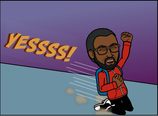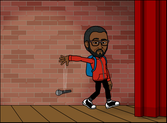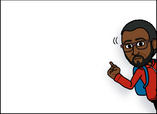|
In the beginnings of laptop DJing, a certain amount of animosity was dealt towards (and still is) the defectors of playing records to the new medium. Back then, a lot of friction came from seeing brand new DJs bypass certain principles that you would have no choice but to learn with vinyl. DJing became something that anyone could do if they could simply afford the set-up. But is there a real difference between the two formats? Well here are the invaluable lessons that I learned from using vinyl first. Disclaimer: I am an advocate for all formats, even USB sticks, it's not what you use, it's what you do with the medium that counts. Admittedly, in the beginning I felt that laptop DJing would take out the individuality and skill away from the DJ trade - opening it up for any muppet to come in and wreak havoc by pushing buttons. But all-in-all, the underlying principles become the same if you are willing to learn the art of DJing. However, one thing can't be disputed and that is vinyl DJing is a lot less forgiving in its methods. Here are a few things that record decks will specifically teach you. 1. How To Build A Set I personally start the DJing process a couple of weeks before I actually play a gig. In the ritual of packing my DJ bag, I listen to records, put them in the bag and if days later I feel that they are not right, I take records out. Up until the day of the actual gig, I continue this process, until I have built a set - IN MY PHYSICAL BAG. The records themselves are packed in sections of genre and then order of speed, sometimes packed in the order I will play them in - though this is always subject to change. But what I learned from physically packing a bag, is that your set should sonically build, you should start of gently (or as gentle as you can be because you might be following someone who ends their set on a fast and furious tip) then rise and rise in intensity and tempo. At the height of an event, when you have the most people to play to, why in the hell are you playing the slowest or most uninspiring stuff? There is a significant something to only having only a certain amount of songs at hand, that trains your selector brain because... 2. Whatever You Bring - Is What You Play ,A vinyl DJ can't bring 20,000 songs to their gig, so in direct connection to 1. you better understand your crowd and your style well in advance, as what you bring - is what you have to play. This limitation forces you, trains you, to be precise and concise as you can't be too generically all over the place. You're committed to play only what you bring so this makes your sets more focused and even if the audience doesn't like what you play, at least they will understand what type of set you tried to build. 3. Manual Mixing & Scratching (Life Before The Sync Button) The first ever true sync button is your fingertips. When having pitched a record perfectly to match another, sometimes a song can still be ahead or behind the song you are trying to mix it with. Tapping your fingers on the record quickly and intermittently helps slow down the record until you match the beats. Likewise, manually scratching a song in on time can be a fast way to quickly match a tune (in the beginning before the differing tempo displaces the sync) or as a way to get straight into the next song. If we were to take the reliance of technology away, some DJing careers might come to an abrupt end, as their performance without effects would be nothing. Yet in the end your strongest attribute should be your song selection. Did you know that there are DJ agencies, who as part of their application process, ask if you can mix without the sync button - I kid you not. Personally, I find the sync button to be a good emergency tool or when 2 songs that really don't blend well go together need help to match - then sync will be there for you. 4. The Art Of Listening The art of listening will feed into your imagination about what you can do with two or more songs at the same time, but also, instead of looking at a display screen with a waveform, you can hear the instruments and hear stand-out sounds and decide what you want to do with them. DJs that can mix without headphones are mixing what exactly? Compatible patterns?! Get that nonsense out of here! Your application of sound is heard not seen, listen to what you are delivering instead of performing a technical exercise. 5. Finding Music No One Else Has And Being Original These days, accessing music is easy, which means everybody can have the same songs. There is no such thing as a rare mp3 song, unlike vinyl where there are plenty of rare releases, some, where only 1-3 copies of a record were pressed and you had to trek to outer Mongolia just to purchase it. MP3s don't require going into a record shop basement and plowing away through boxes and boxes of records that aren't in any order of genre. We did/do this to find gems that will separate us from other DJs and as a DJ, your selection should say something about you to help make your name. Circa 2020 music these days is industry controlled to a point, that a) variety and originality is oppressed and b) the tunes that are 'picked' to be acceptable for the mainstream are played to death. The mission of being unique, becomes harder and harder as any tune you play can probably be Shazamed and downloaded in 120 seconds flat. All of these elements have made my additional laptop DJing easier to assimilate into, I can maintain the same principles and still deliver my 'sonic message' but if I had started with laptop djing first, then tried to get into vinyl - I may have given up as the record player and vinyl in concert, require much more of you physically and mentally.
0 Comments
I'll be supporting, Marcos Valle and also playing 2 dates in collaboration with the Prudential Bluesfest gigs all taking place at Brooklyn Bowl London. See you there! UPDATE...Update...I'll also be supporting the We Funk Radio team for their London visit during their European tour.
|
AuthorRETRO SONIC Archives
April 2020
Categories
All
|
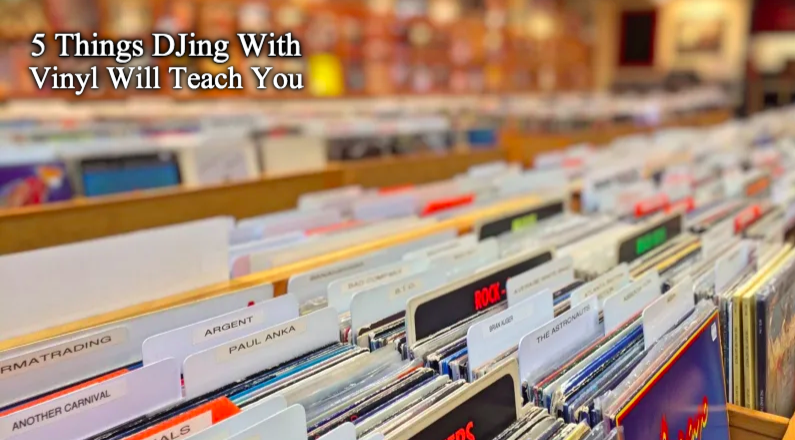
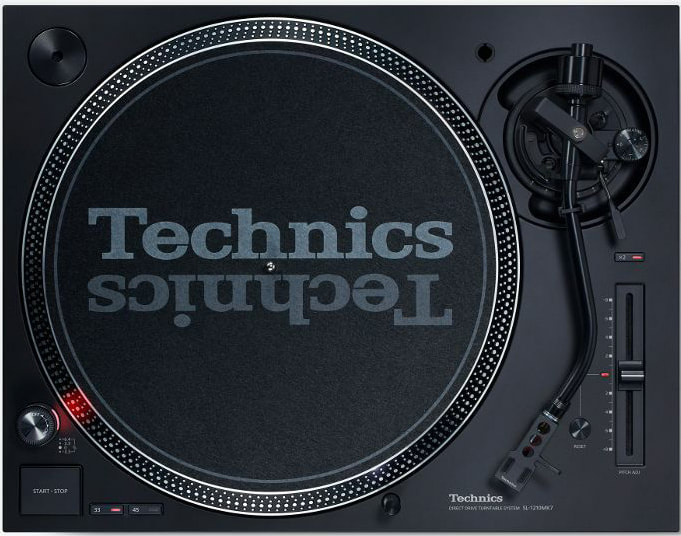
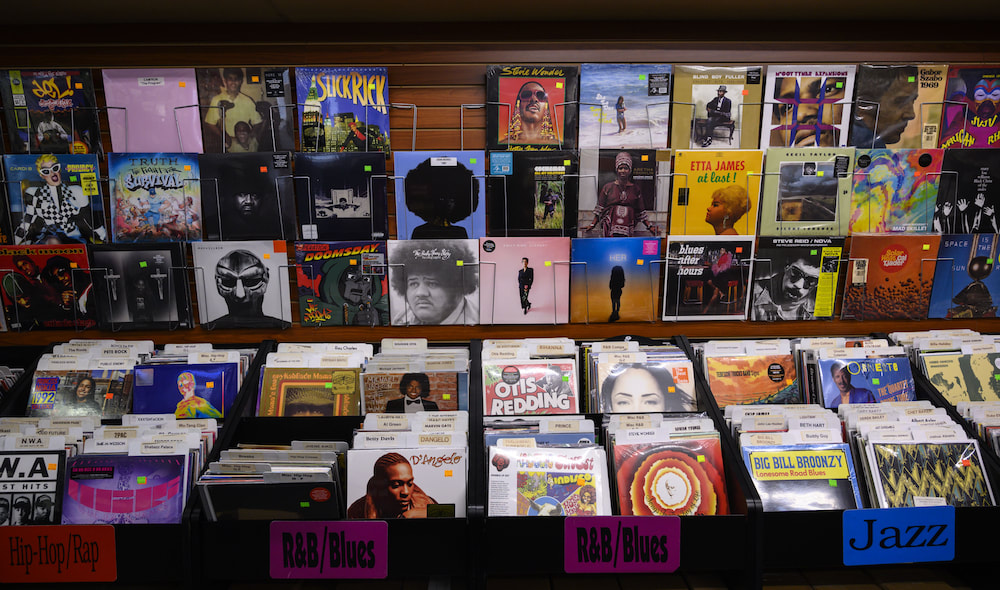
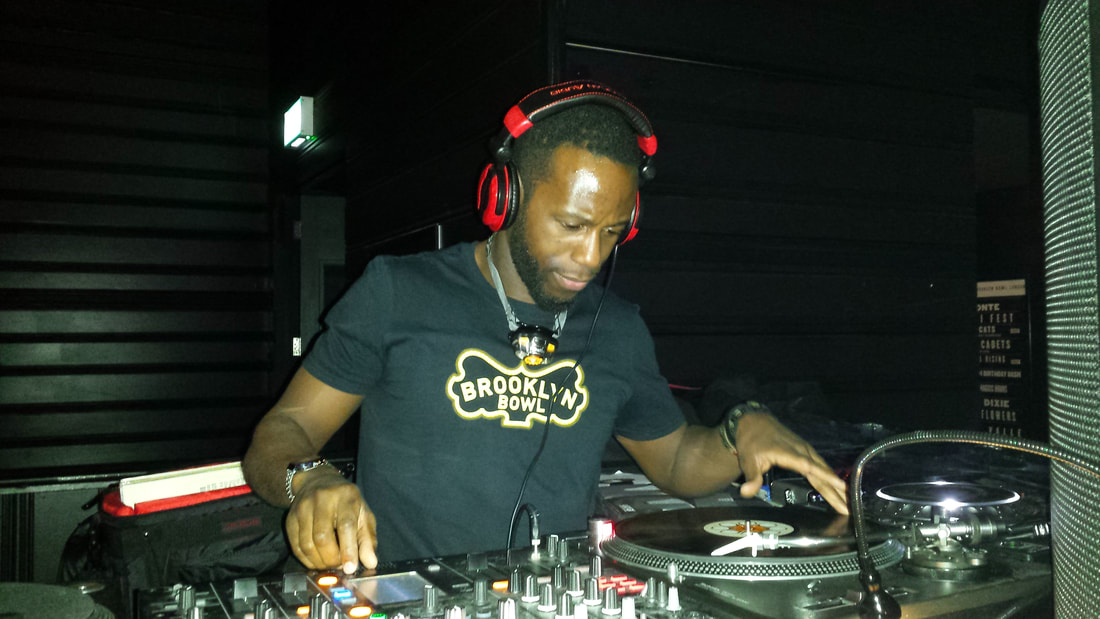
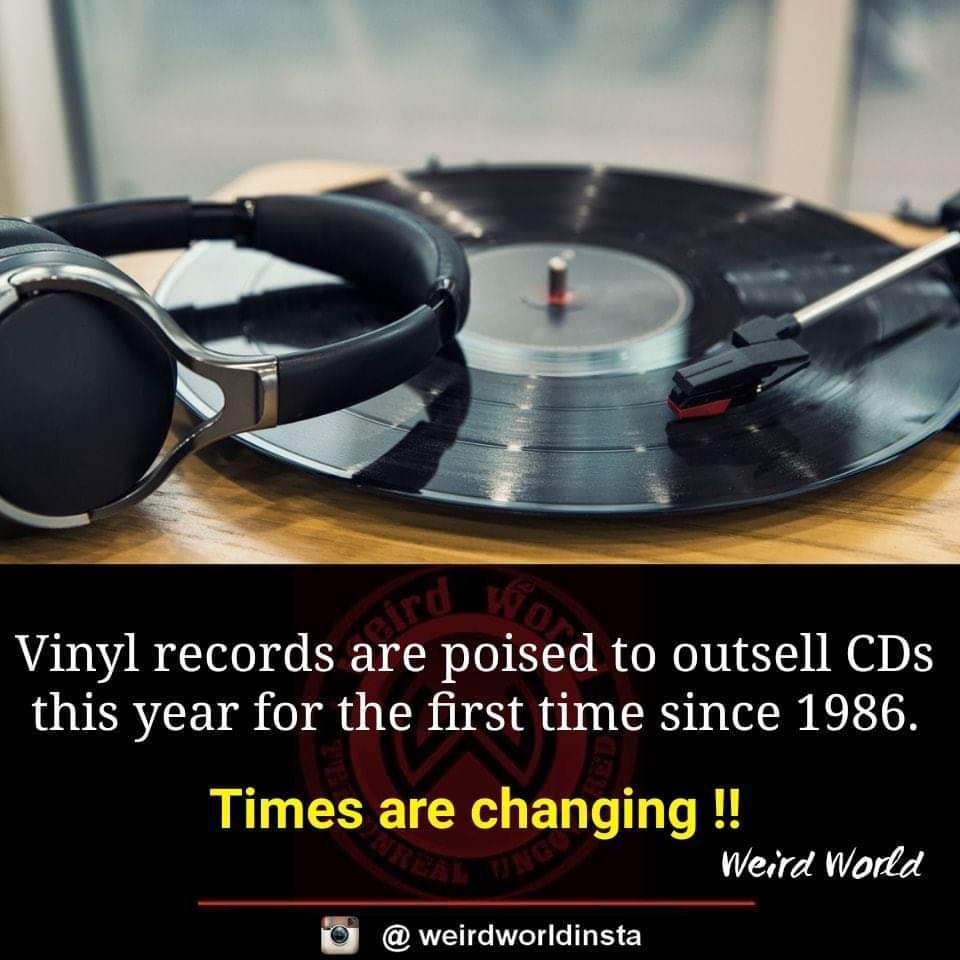
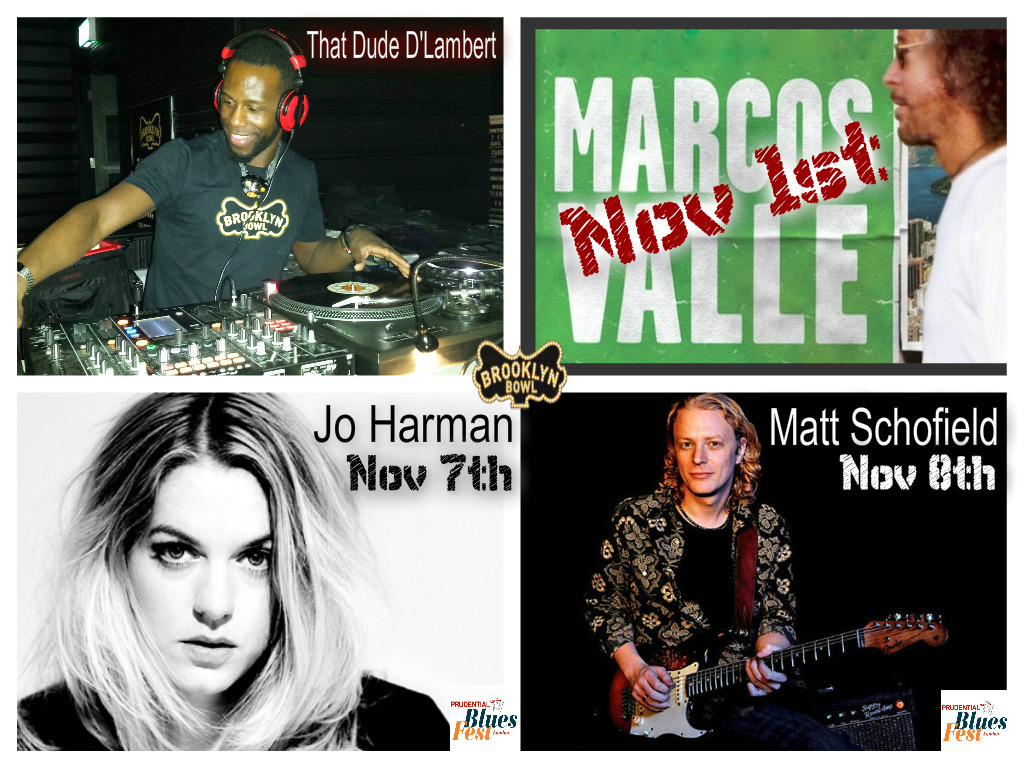


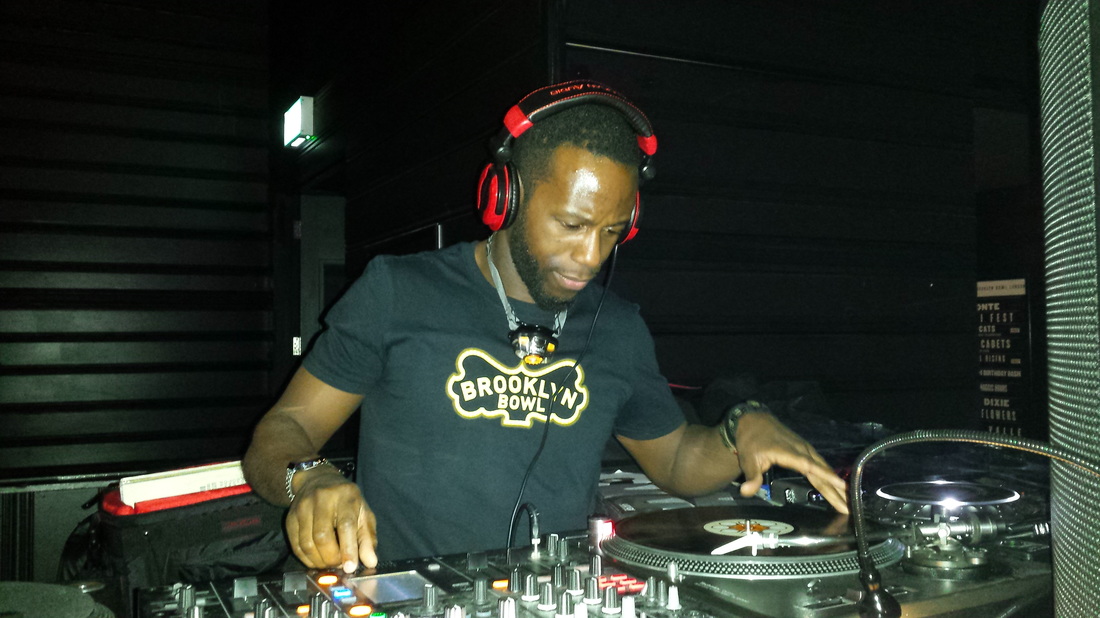
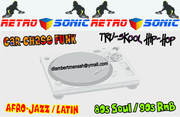
 RSS Feed
RSS Feed
